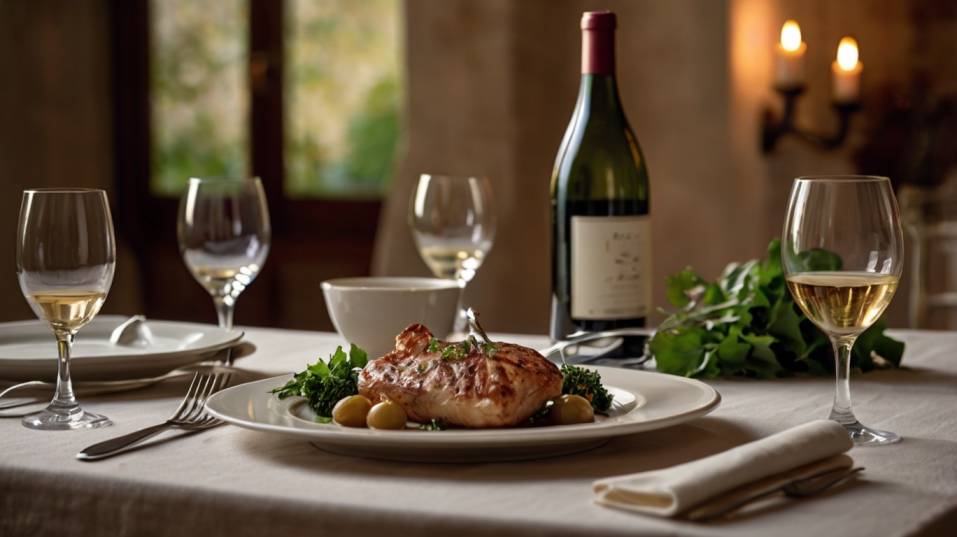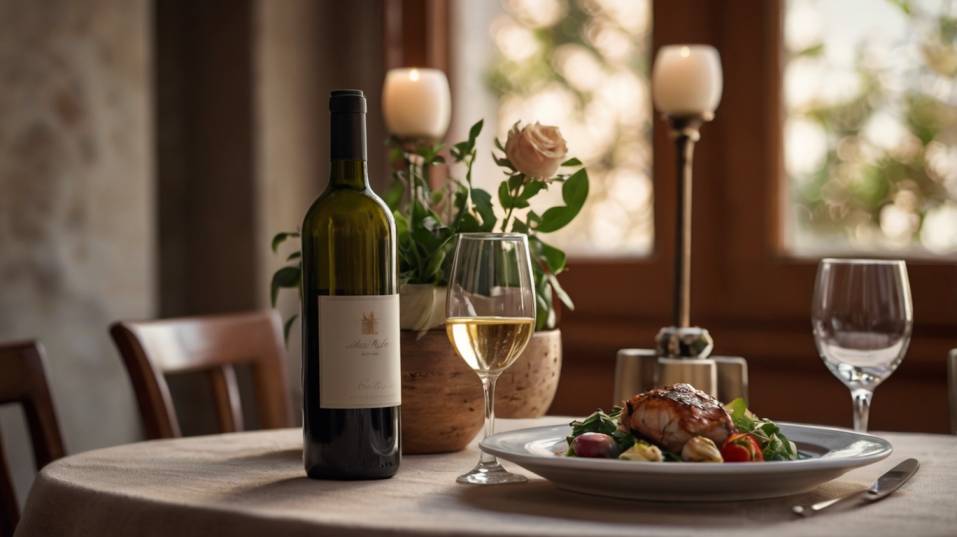How to Choose Wine for a First Date
Choosing wine for a first date? Learn how to pick the perfect bottle that sets the mood, sparks connection, and feels effortless to enjoy.

What if the wine you choose on a first date could say more than words ever could? For anyone starting their wine journey, this is your chance to let the bottle set the tone. You don’t need deep knowledge—just curiosity and care.
Pick a wine that feels alive, easy to drink, and honest. It's not about prestige. It's about finding something that opens up gradually, just like a good conversation.
Know the Mood Before You Pick the Wine
Wine is never chosen in a vacuum. Start with the setting. Are you pouring at home, ordering at a restaurant, or meeting at a wine bar?
Context shapes everything—from temperature to texture to how long a wine will sit in your glass before anyone even takes a sip.
At a wine bar, you’re in safe territory. You can order by the glass, try something new, and stay in discovery mode together.
But if you’re bringing a bottle to dinner or choosing off a list for the table, your pick does more than fill a glass—it anchors the pace and feel of the night.
Go for something versatile. Wines with good acidity and moderate alcohol tend to be food-friendly and refreshing.
They’ll hold up across appetizers, mains, or just conversation. That means less worry about pairings and more room to enjoy what’s actually happening.
Choose Wine That Invites, Not Dominates
There’s a difference between expressive and overpowering. Bold wines can feel impressive at first but risk fatigue by the second glass.
On a date, you want wine that reveals itself gradually—something layered enough to notice, but never trying too hard.

Think in Terms of Texture and Energy
A young Gamay from Beaujolais, a light Jura red, or a cool-climate Pinot Noir—these wines have lift, brightness, and subtle complexity. They carry flavor without weight. They also feel approachable, even for someone who isn’t deep into wine.
Whites and Rosés That Deliver
Whites can be equally striking without being sharp or austere. Albariño, Vermentino, Grüner Veltliner, or a leaner style of Chenin Blanc all deliver freshness, mineral tension, and aromatic lift.
These wines pair well with a range of dishes but also stand on their own. Rosé and sparkling wines deserve more attention here than they usually get. A good dry rosé—especially from Provence, Bandol, or the Canary Islands—can be quietly elegant.
Sparkling wines, from grower Champagne to Italian metodo classico to pét-nats, create instant atmosphere. They’re celebratory without pressure and often low enough in alcohol to keep the mood relaxed and clear-headed.
Make It Personal, But Not Pretentious
Your wine choice says something—so let it speak honestly. Choose something you’re genuinely curious about, not something you think will sound impressive.
A wine from an off-the-beaten-path region or a lesser-known grape shows openness and interest, not pretense.
If the conversation turns to the wine (and it often does), offer what you know, but leave room for mutual discovery.
You’re not lecturing—you’re sharing an experience. The best wine conversations come from what you’re both noticing: the texture, the shift in flavor, the way it changes with food.
A good bottle should give you something to talk about without becoming the entire topic. That’s the sweet spot.
Think Flavor First, Labels Last
Wine culture loves labels—vintages, producers, crus. But for a first date, flavor matters more than pedigree.
Choose wine that’s drinkable, balanced, and gives a clear sense of place. That could be a coastal white that smells like citrus and wind, or a high-altitude red with spice and zip.
Resist the urge to chase what’s trendy or expensive. Wine doesn’t need to be rare to be right. And nothing kills the mood faster than a bottle that looks great on paper but doesn’t deliver in the glass.
A Simple Test for Versatility
A helpful trick: imagine drinking the wine three ways—on its own, with a simple snack, and late in the evening after a deeper conversation. If the wine feels too much for any one of those, it’s probably too much for the moment.
Alcohol, Acidity, and Timing
Don’t underestimate the role alcohol plays in shaping a date. High-alcohol wines can flatten your palate and cloud the vibe.
Lower-alcohol wines—generally under 13%—tend to feel fresher and more alive. They also allow for longer, more comfortable sipping.
Acidity is another guide. Wines with higher natural acidity (think Riesling, Sangiovese, Cabernet Franc) keep your palate engaged and work better with food.
They also feel more refreshing over the course of a conversation, especially if you're stretching a bottle across a few hours.
And then there’s timing. Don’t pick a wine that needs 30 minutes to open up or begs for decanting. First-date wine should be ready when you are.
Skip the big Barolos, the tightly wound Bordeaux. You want something that shows well in the first ten minutes, not the last.
Final Thoughts
Choosing wine for a first date isn’t about showing off. It’s about creating a moment—calm, curious, and memorable.
Pick wines that are balanced, expressive, and easy to love. Don’t chase trends or status. Trust what feels grounded, fresh, and generous.
Next time you’re planning the night, think of your wine as part of the conversation. Let it be something that adds depth, not noise.
Try a grape you’ve never had, or return to something familiar with fresh attention. Open something with purpose. Taste it slowly. Let it shape the evening.
Wine doesn’t need to impress—it needs to connect. Choose with that in mind, and you’ll already be ahead.




